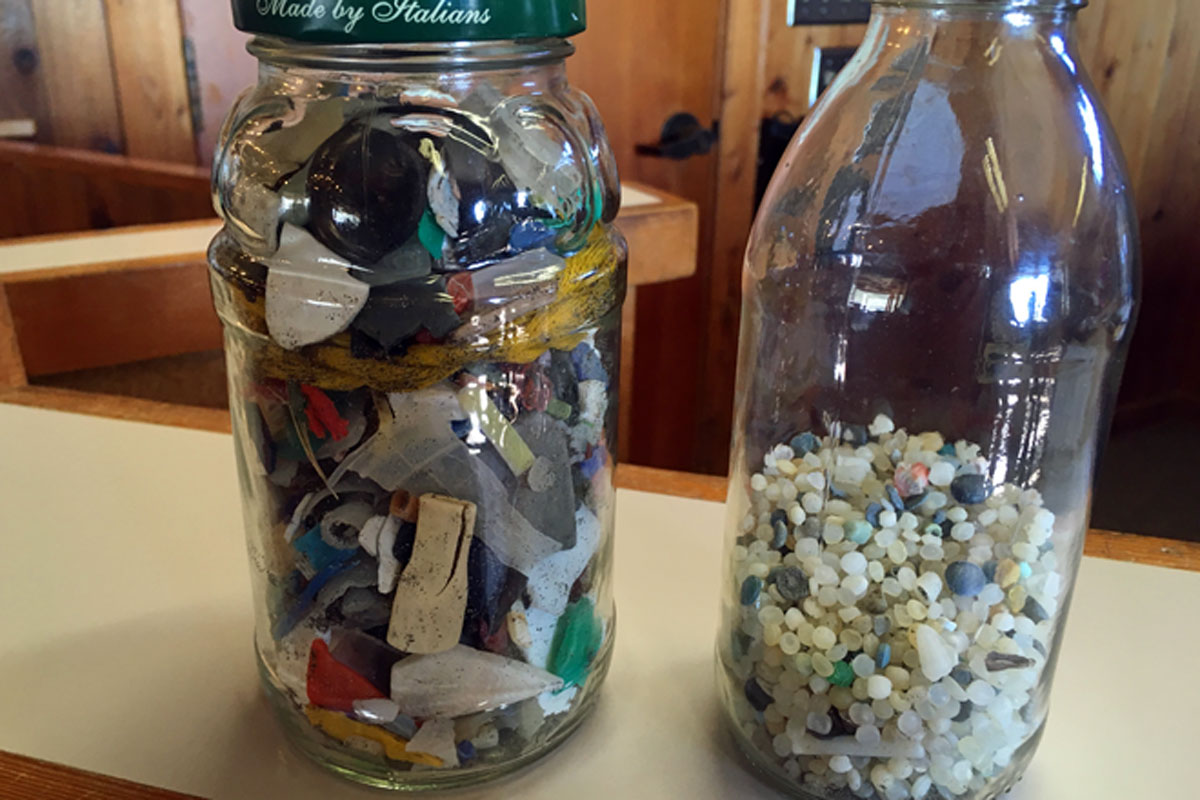
Microplastics: What are they, and are they in Philly Water?
As the number of consumer plastics explodes, the impact on our Philly waters remains unknown.
By 2050, there will be more plastic in the ocean than fish.
“It is estimated that by 2050, 12 billion metric tons of plastic waste will be in our eco-systems in comparison to 4.9 billion tons found in 2015,” according to UPENN’s Water Center.
It’s no question that our plastic consumption has exploded since 1950. But unlike photos of water bottles floating in the ocean, much of the problem lies in tiny particles of plastic, i.e., microplastics.
What are microplastics?
Microplastics are “synthetic solid particles or polymeric matrices,” regardless of shape, with sizes less than 5 mm and are insoluble in water, according to UPENN’s Water Center
As larger plastics degrade, they break down into smaller pieces, producing microplastics.
((Cue the flashbacks to 1998:))
Other sources for the particles are microbeads, industrial scrubbers, and microfibers like those in clothing. 35% of microplastics in the ocean come from our clothing.
“These tiny particles easily pass through water filtration systems and end up in receiving waters” according to the Delaware River Basin Commission.
Although major brands like Unilever declared to remove the plastic scrub beads from their cosmetics, their products still include ingredients with microplastics.
How do microplastics affect our local waterways?
Microplastics have been found everywhere in the world, from the remote area of the French Pyrenees Mountains to the ocean floor and US National Parks.
They’re everywhere, so it’s a good guess that they’re in our local water supply, too. But what is happening to our local waterways, including the Delaware River?
“Evidence regarding the effects of microplastics on populations of organisms in rivers, streams and fresh water is scarce,” according to UPENN’s Water Center.
The research is still in progress.
Delaware River Basin Commission Case Study
In 2018, DRBC received a grant from the Delaware Watershed Conservation Fund to understand the impacts of microplastics on the upper portion of the Basin.
“This reach of [the] river is largely urbanized and is likely a major contributor to microplastics found in the estuary and bay,” according to DRBC.
Study samples collected in 2019 were set to be analyzed by Temple University for microplastic concentrations. Determining where the microplastics were entering would help identify high plastic-loading tributaries, which would then be targeted for cleanup efforts, according to the DRBC.
However, the microplastics study and results are currently on hold due to COVID-19, according to Kristen Bowman Kavanagh, Deputy Executive Director of the Delaware River Basin Commission.
We’ll stay tuned and await for study results.
Cover photo: Microplastics found in California ocean, Julie Hancher









